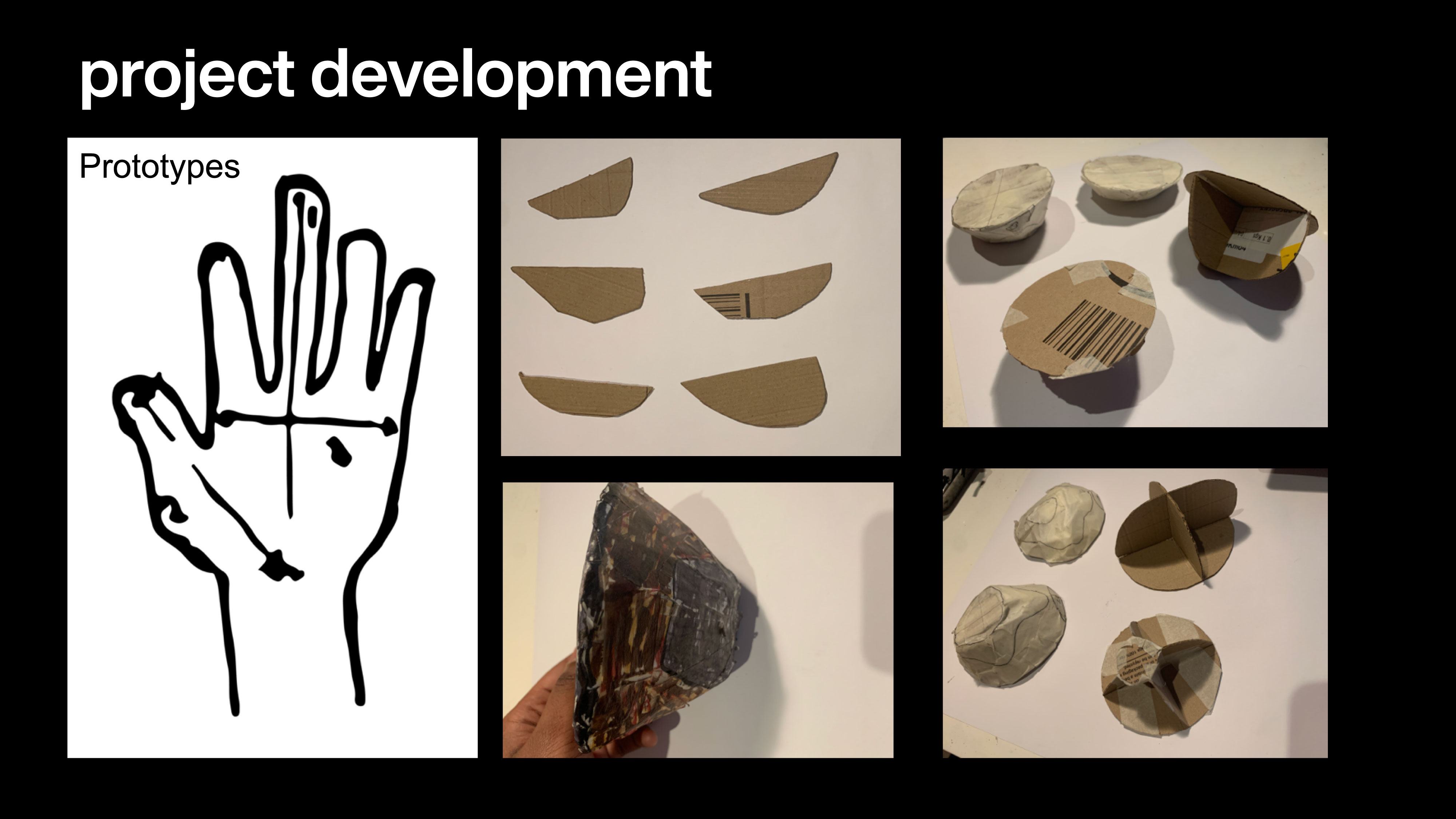SYNEST
2020
Musical instrument, sound design
This page gives a brief overview of the project including the original project presentation that I made in 2020 that details the research, concept development, and a demo of the prototype I built using cardboard, copper tape, electric paint and Bare Conductive’s Touch Board and Arduino.
Because of lockdown, I didn’t have access to the workshop to make a prototype closer to what I imagined when I started the project, so I had to be creative about how I could show proof of concept. As a result, I made several cardboard prototypes and experimented with the making process, which made for much better research than I had planned.








Original Project Presentation:
